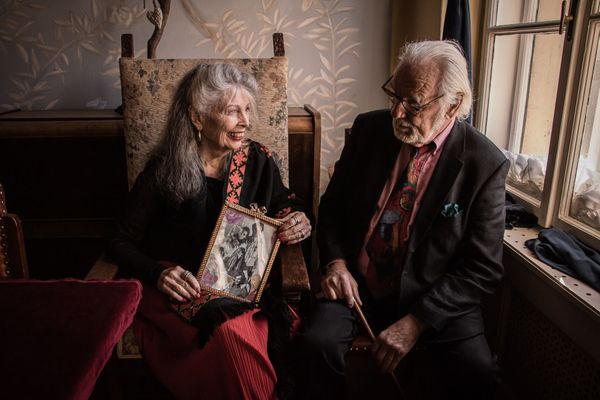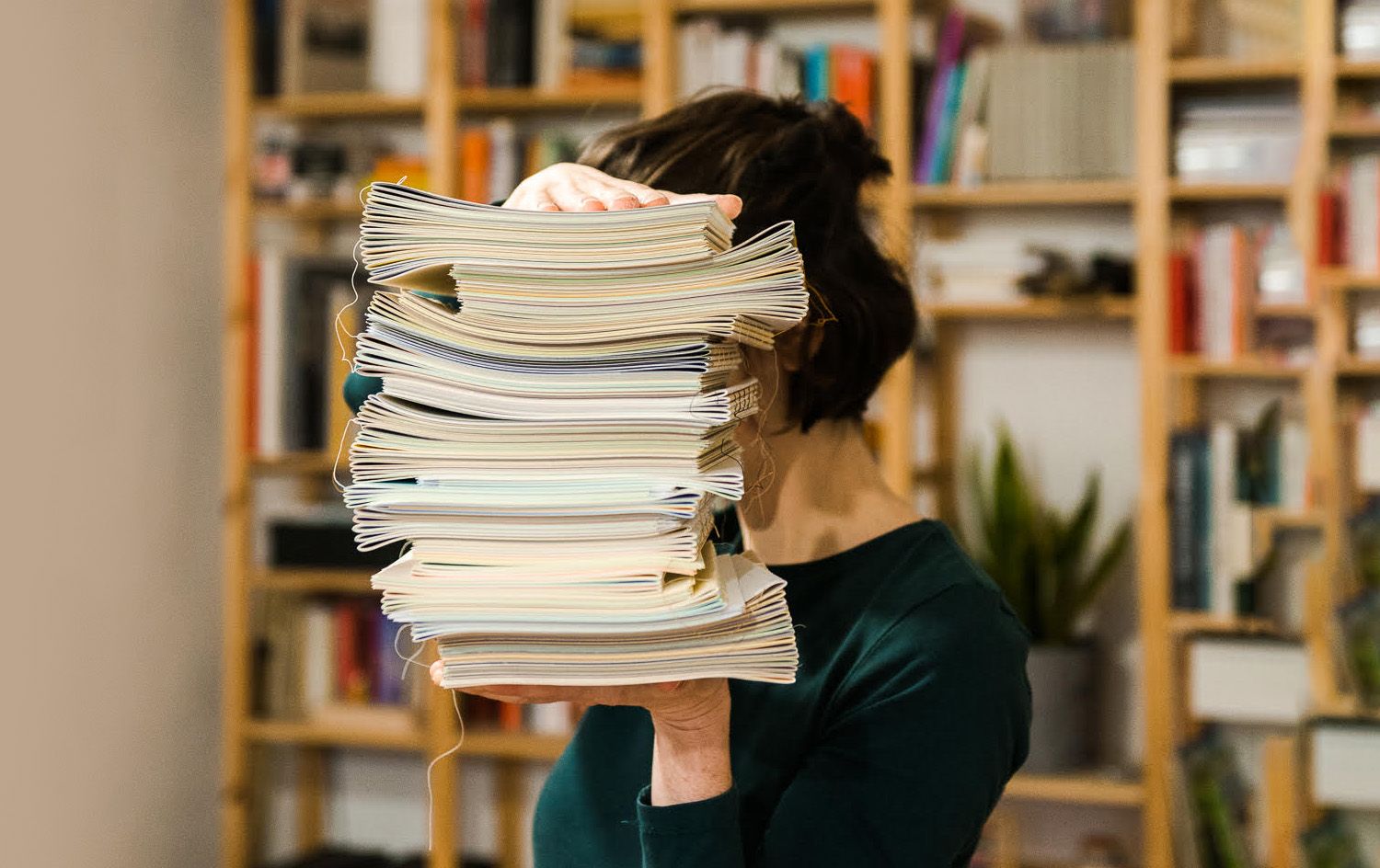Kanava is a collection of stories about objects and their makers. Founded by two Slovakian creatives, Kristína Sipulová and Paula Blahova, the platform raises awareness of local craft and its potential in our time. It also serves an educational purpose—shifting lavish buying attitudes toward sustainability appreciating artisanship.
Interview by Melinda Farkasdy and Rita Komporday
When did you launch KANAVA?
Paula: I did an internship at Kristína’s studio last year. Somehow we connected in a very good way and became friends. We like the same things, and we are both minimalists. We are both fond of the stories behind the crafts. I was working with Kristína on a tapestry at that time. We spent about a month together. Then suddenly the pandemic hit. We still wanted to create something together, so we talked and figured that it would be nice to create this platform, which would connect different craftsmen and give them a voice that they would not otherwise have. We are the people who discover them and represent them. This became a community where they can connect with each other.
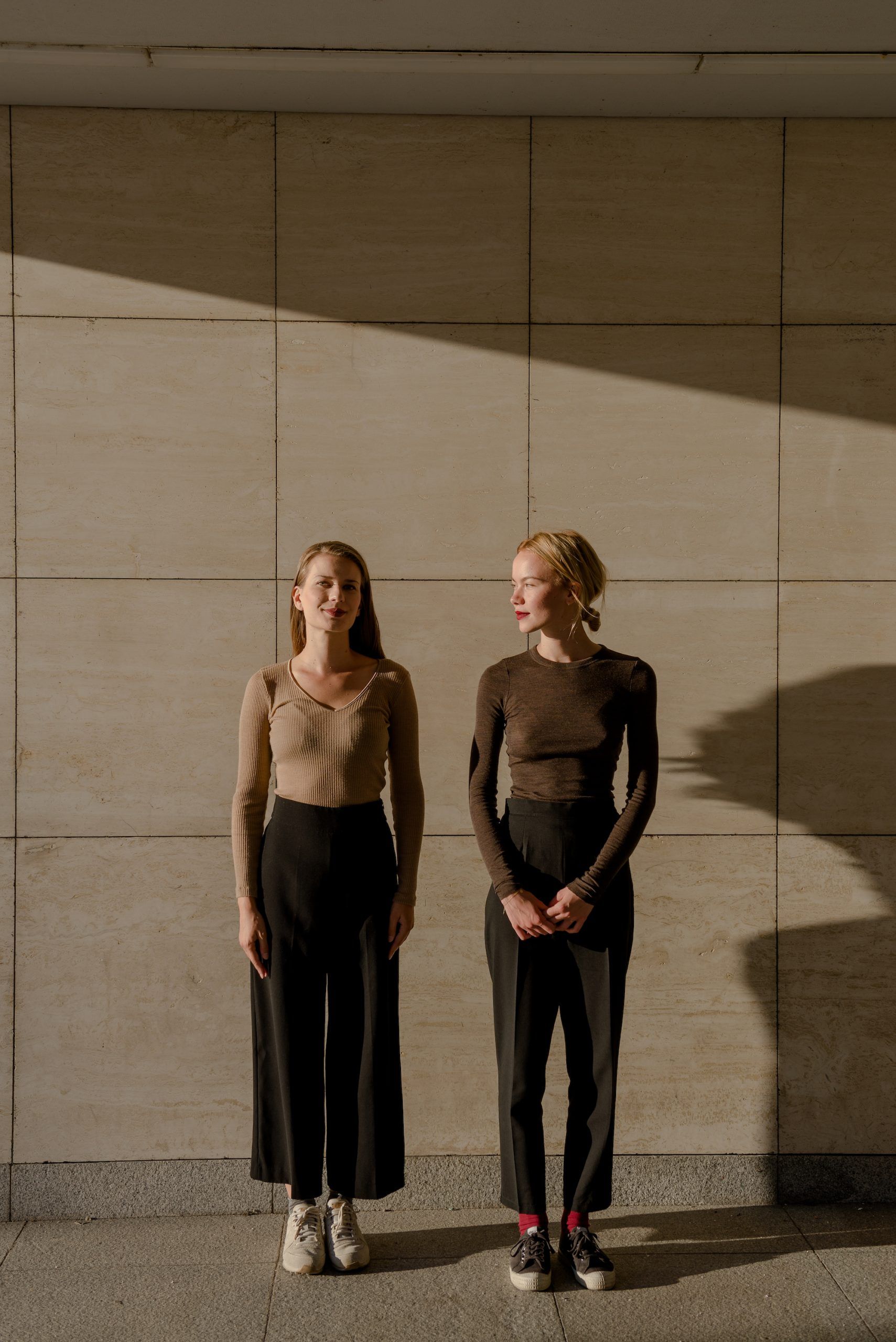
What does KANAVA stand for?
Kristína: Kanava means woven cloth. For us, it is a new beginning and a platform where all the stories can be written. It is something new and empty that can be filled with stories of craftsmen, so it is a kind of base.
Paula: The name KANAVA really captures the essence of what we want to do. This cloth is not trying to guide you, you can embroider it in any way you wish. We do not have any limitations of what craft can be.
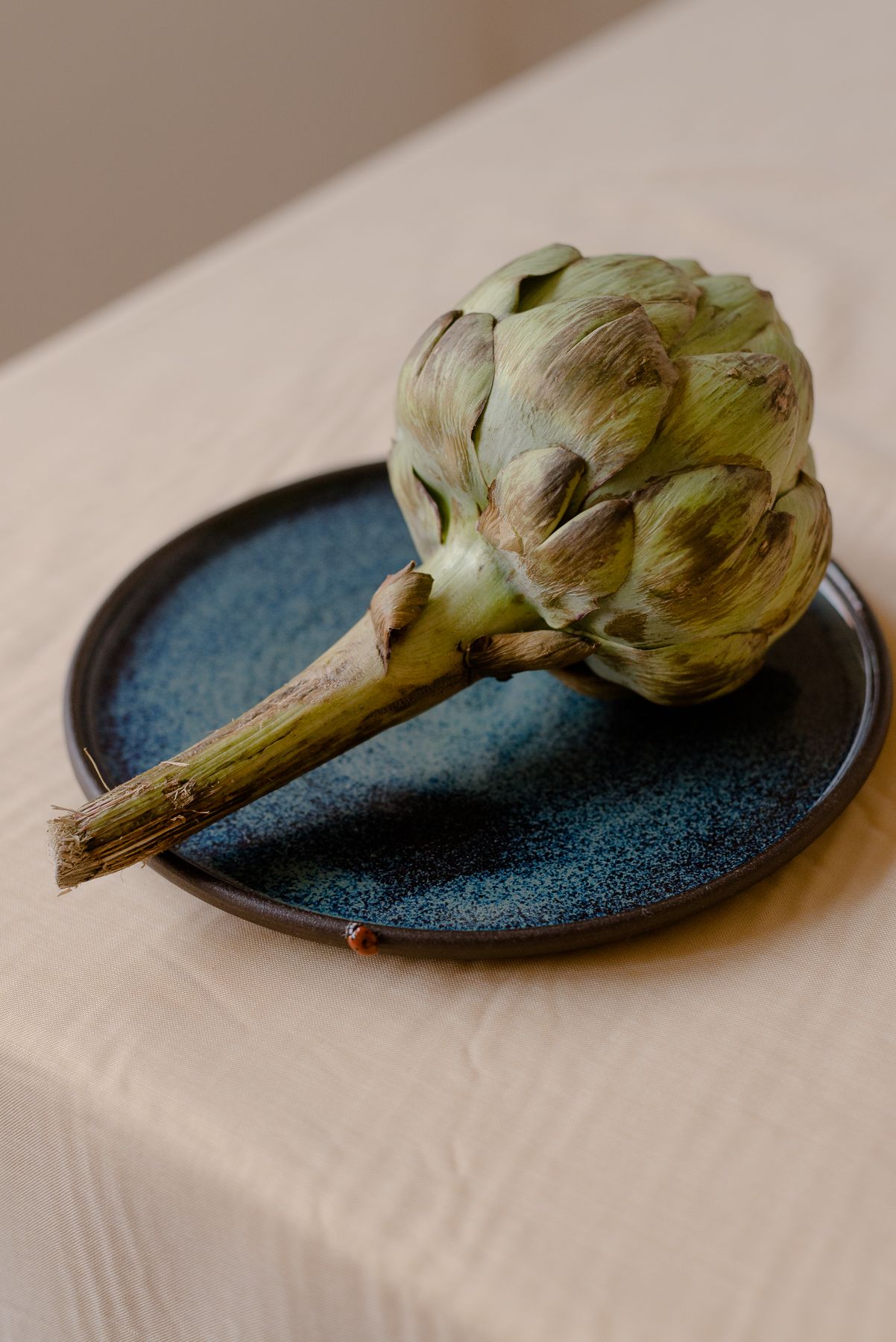
How does your platform work?
Paula: Our initial idea was to reach out to the people who are not able to present themselves. It is really a good way of working because we are doing cross-promotions. If somebody follows certain craftsmen on social media they would also discover us, our followers could discover certain craftsmen, and vice versa. We created a community that follows each other and even works together. For example, we are collaborating with a girl, Andrea, who binds notebooks, and I really feel that we kind of pushed her, because she was good already, but somehow the whole local field learned about her through us. It is not only about the product, but the story that it tells.
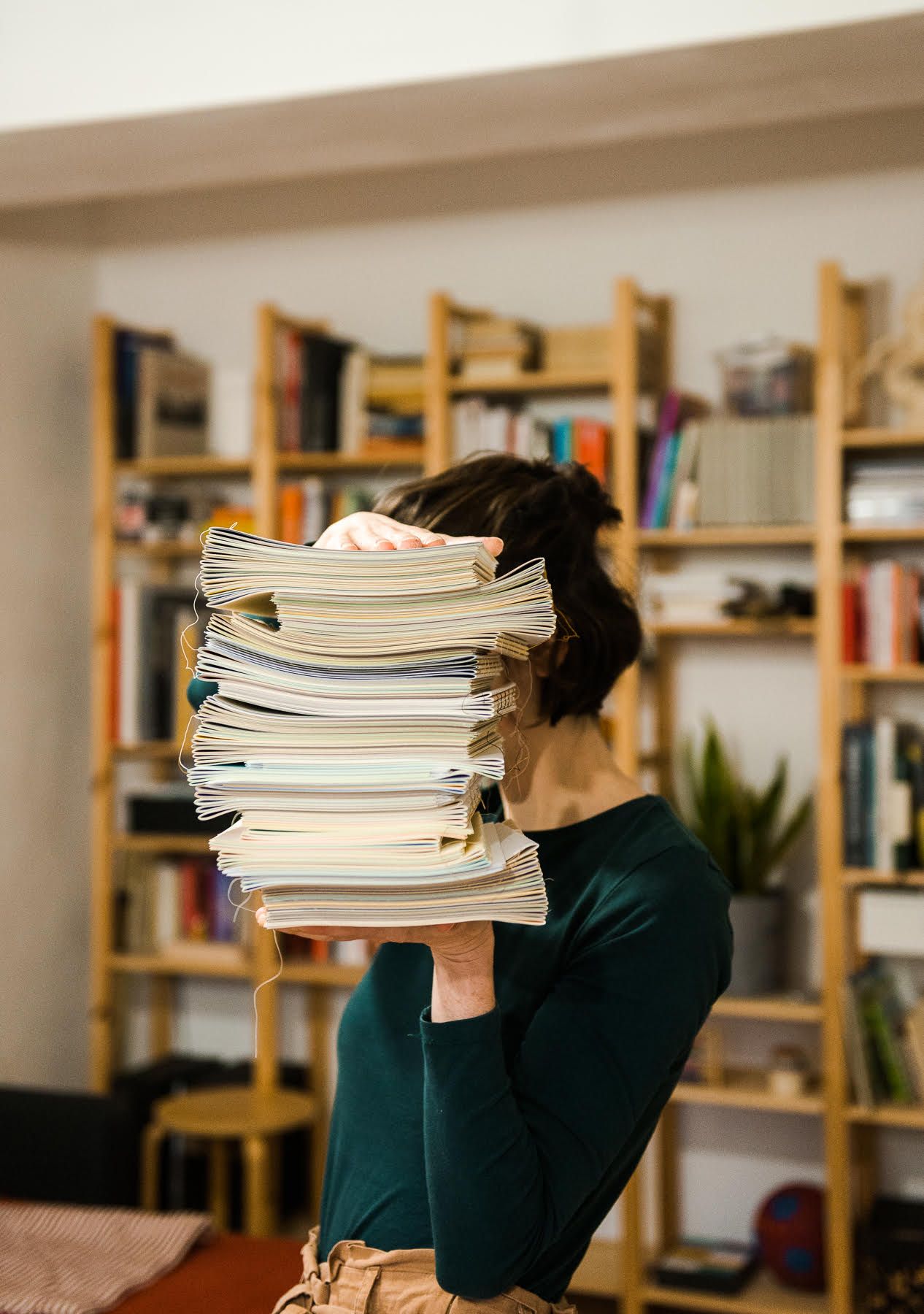
Kristína: The craftsmen we represent have started to appear in magazines, because Paula and I already have a certain network. We are like mediators in a bigger scene. We’ve already received applications to be added to our database, which is amazing! In the beginning, we were looking for these craftsmen, but now as we are growing, these people are finding us. That is a huge step.
What are you looking for in craftsmen?
Paula: We are more into homeware, and now we are pushing Kanava in that direction. The other important criterion is sustainability.
Kristína: It’s the sensitivity that we are looking for. All of our craftspeople are very sensitive to what they are doing. Their lives and their work are inseparable, so it is very personal. They are not only making sustainable basketry, for example, but they also live sustainably. They implement the principles of sustainability into their very own lives. They totally respect nature. Those who work with corn husk grow corn in the field, pick it by hand, and dry it under the sun. They only use 100% natural material.

From which countries do you accept applications?
Paula: We are open to everybody. Kanava is not limited to one country. Though we have been focusing on Slovakia and the Czech Republic recently, it would be nice to discover talent throughout the Central European region.
What do we have in common, Central Europeans?
Paula: The answer is the aesthetic, the gastronomy, the diligence and humbleness. When you travel abroad and meet someone Polish or even Hungarian, you feel a connection. It is just there, because you grew up in the same environment. The landscape is also very similar and much of our craft is inspired by that landscape. If we look historically, we were all part of the Soviet Union.
Kristína: When you look at the folklore clothing in Hungary, the Czech Republic, Poland or Slovakia, even though each region has a different look the way the clothing was crafted reveals a variety of techniques that were similar. I do not think that everyone was inspired by folklore, of course not, but there is an attitude, the kind of influence that you can make by hand and can be absolutely stunning. Paula may be right that we are very humble, and try to see more, and to travel. We take these many experiences and absorb them very much. This allows us to produce something from all of these influences from abroad. We are actually similar to a sponge. We are very curious, because we are very small. Many of my friends from Slovakia have traveled abroad quite a bit, and their creations are very much influenced by all of these elements from other countries.
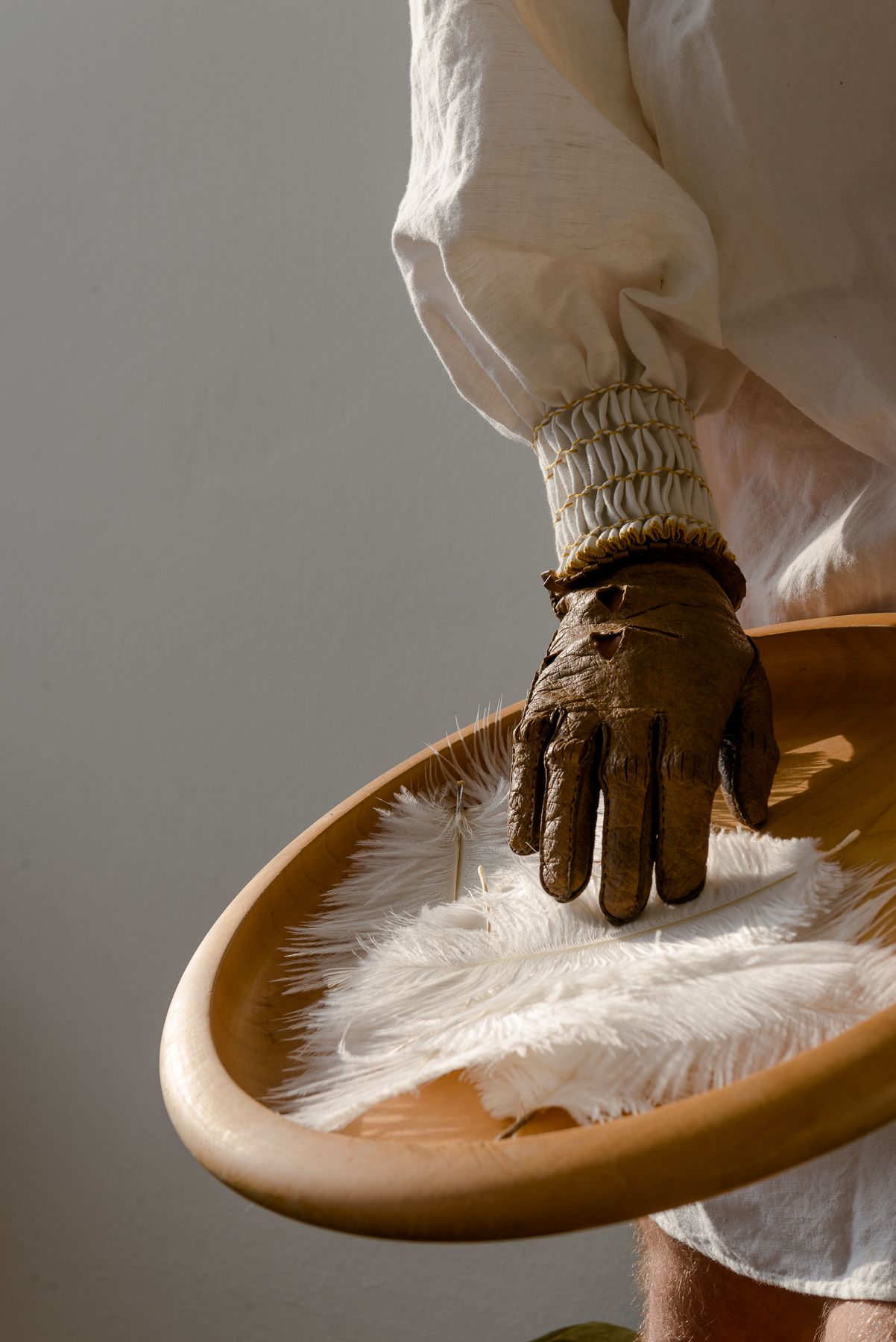
You have both lived abroad for years. How did you perceive the craftsmanship in France, Denmark and Norway? Have you seen notable initiatives for supporting local traditions?
Paula: Western Europeans are very good at preserving values. In Slovakia, we have many castles, but they are ruined because no one takes care of them. We are still in the midst of building new staff but I guess all of us appreciate a traditional bar or café. What I took from abroad is that you really have to be proud of your roots. Its beauty is in the fact that it comes from here. It is yours.
Kristína: Living abroad, I also observed that the naturalness of things is valued. In everything from fashion to beauty and food, rawness and naturalness are very much appreciated.
What do you think? Is the younger generation in Slovakia open for traditional folk clothing or craft making?
Kristína: Although it is normal for those of a younger age to buy things based on appearance, we need to understand the ecological aspects of this mindset and to educate them, something we also try at Kanava. I don’t think that people are likely to wear traditional garments, but some elements of these traditional techniques can be implemented into daily wear. We could be more original wearing these things. While very interesting and visually appealing, my ongoing dilemma is how to do this. I think it must be well communicated and a matter of education, or, otherwise nothing will be open to change.
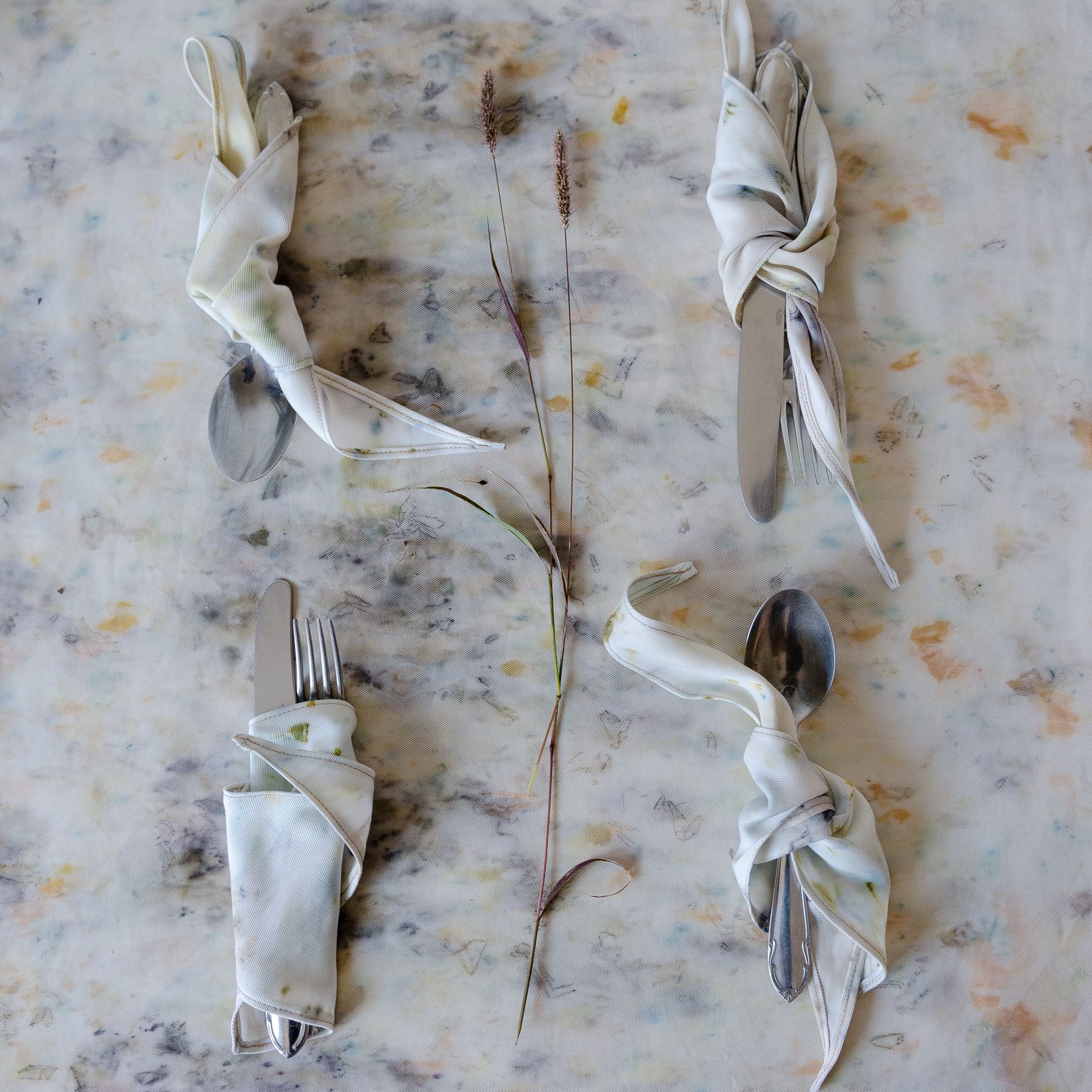
Paula: We don’t want to continue the way this world is going now; we don’t want to keep on buying fashion that is only in the moment. Our parents love the idea of having things instantly, and we grew up in that world. However, we need to understand and appreciate something that requires two weeks to be completed. We must learn how to wait.
Kristína: If you try to understand the value and try to discover something about a product, it will be worth so much more to you and worth the price. Through the garments I create, I try to find a new perspective. Something enriching that adds value and means the garment can be worn, in style, for more than just one season. You just need to switch your way of thinking a little bit. I believe that the younger generation can embrace this too. We just need to find the right tool.
What is your next project?
Kristína: These days we are consulting with mentors to search for opportunities. We hope to create a foundation or consultancy, similar to an academy, in the future. It would also be interesting to organize educational events or workshops.
Photos: Kvet Nguyen
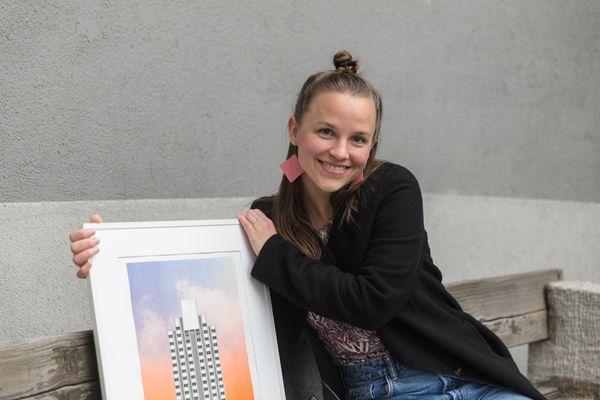
Grab your own Újpalotai Apartment Tower!
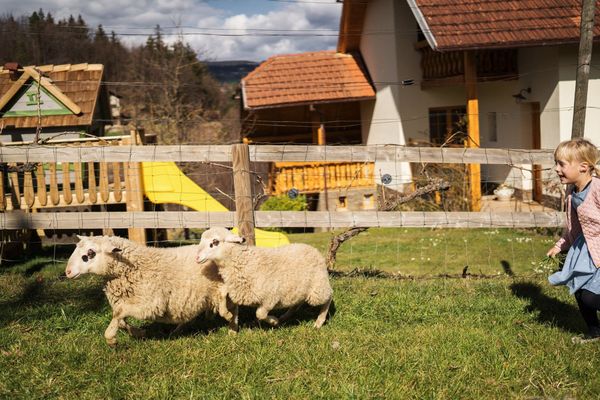
The most beautiful farms in Eastern Europe | TOP 5
